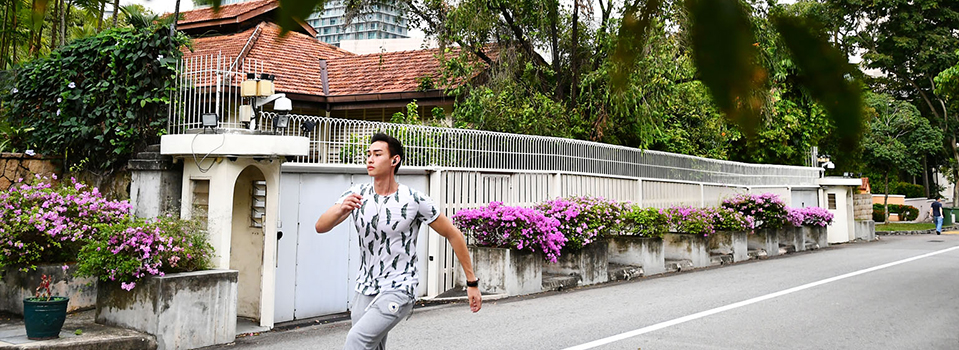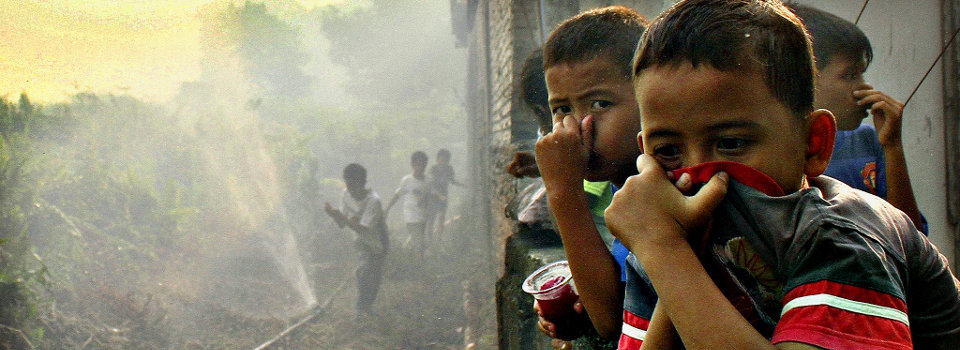Singapore’s founding Prime Minister Lee Kuan Yew was no ordinary Singaporean. His house is no ordinary house. These facts give Singaporeans a stake in its preservation, no matter how the tussle among his children ends.
As a citizen and former journalist who met him several times, the symbolic meaning of the house for me takes precedence over Mr Lee’s own will. From a strictly legal perspective, the will says the last word on what should be done to 38 Oxley Road. But from a national perspective, the demolition of the house would represent a blow to a visual artefact that represents the nation’s journey from Third World to First.
Singapore’s political history literally was made there. The meetings in the basement, of anti-colonialists who would come to form the People’s Action Party (PAP), laid the foundations of independent Singapore metaphorically.
Of course, the quest then was not for independence but for self-governance, and merger with Malaysia interceded between that period and eventual independence. However, the walls of 38 Oxley Road witnessed history in the making. The concrete habitation of that history cannot be demolished without injuring Singapore’s self-consciousness as a nation.
I have heard talk that the house possesses special properties which could help the future political prospects of Lee family members. Whether that is so or mere talk based on superstition is immaterial to someone like me. The pragmatic fact is that the public is unlikely to vote for someone merely because of his or her connection with a piece of property associated with Mr Lee.
A seemingly more credible view is that a museum set up in the house could be used to brainwash children and the young into supporting the PAP when they come of political age. Museums and mausoleums in communist countries once served a comparable purpose vis-a-vis their regimes.
However, the notion of the house being turned into a propaganda centre belittles the political evolution of Singapore, the maturity of its citizenry, and the moods of time. There is no guarantee that the PAP will last for ever, and thus there is no need to invest the house with teleological significance that might be lost on future voters.
Instead, it is important to differentiate between the cultural or sentimental hold that it might exercise on members of the Lee family, and its importance to succeeding generations of Singaporeans.
For the latter, it would mark a milestone in the historical development of Singapore.
Mr Lee’s house would not be the first to do so. The Sun Yat Sen Nanyang Memorial Hall legitimately embodies the legacy of Dr Sun’s revolutionary activities in South-east Asia, capturing both the impact of the 1911 Chinese Revolution on Singapore and Singapore’s contributions to the dawning of modern Chinese political history.
No one would suggest that the memorial serves an ulterior ethnic purpose by glorifying Singapore’s links with the ancestral land of its majority race. The memorial records for all Singaporeans the role which the period played in a history that belongs to all the races of Singapore today.
Similarly, the Mahatma Gandhi Memorial Hall commemorates the remarkable life and achievements of the leader of India’s independence movement. It pays concrete tribute to a person whose ideas of non-violence became a motif of many other anti-colonial movements apart from India’s. The centrality of non-violence came to demarcate the constitutional struggle for independence from its violent communist counterpart here in Singapore as well.
No one would argue that the memorial celebrates India’s connection with Singapore at the expense of the city-state’s relations with countries in North-east and South-east Asia.
Surely, if buildings associated with Dr Sun and Mahatma Gandhi can belong to the shared heritage of Singaporeans, it would appear incomprehensible that Mr Lee’s house should be viewed as a partisan structure. Surely, he had – and has – greater influence on the destiny and direction of Singapore than the other two luminaries, great though they are in their own right.
It is essential to reiterate here that the national value of 38 Oxley Road exceeds its private value to the Lee family. If the Government were to gazette it, it would be recognising that national significance, even if Mr Lee’s wishes were to be overruled in the process.
The conservation of the house would do no more than honour Mr Lee’s lifelong belief that the public interest should supercede private interests and desires — even when it comes to the man with whom Singapore is identified, even today.
I disagree that retaining the house would contribute to the creation of a political cult around Mr Lee. Were that to be the intention of those hoping to preserve it, a much better way of reminding Singaporeans of his lasting influence would be to rename Changi Airport after him. After all, Jakarta has the Soekarno-Hatta International Airport, New Delhi the Indira Gandhi International Airport, New York the John F. Kennedy International Airport, and Washington DC the Ronald Reagan National Airport. Mr Lee’s name would then preside over the millions of air departures and arrivals on which Singapore’s economy depends heavily.
Instead of viewing 38 Oxley Road as a house around which to sustain the PAP’s political legitimacy, it is important to see that building for what it is: a house that belongs not only to the Lee family, nor even to the PAP, but to the people of Singapore.
Let it last.


